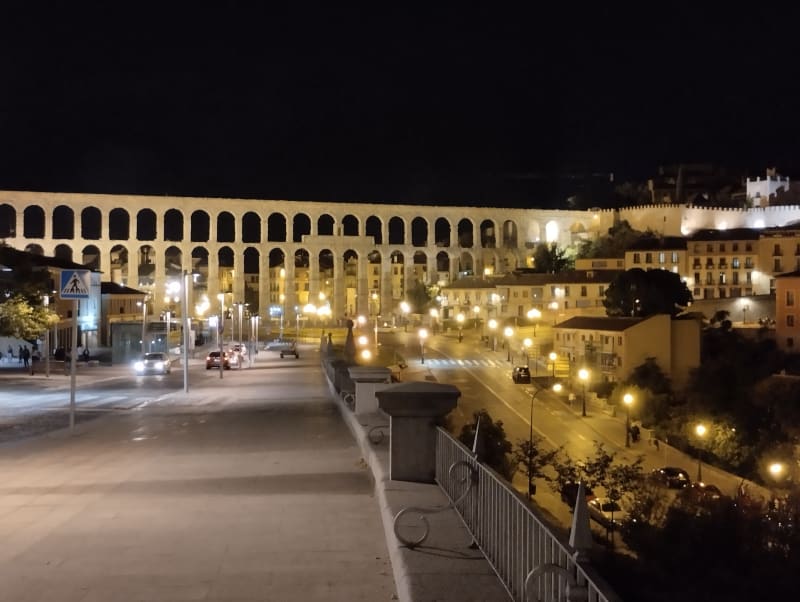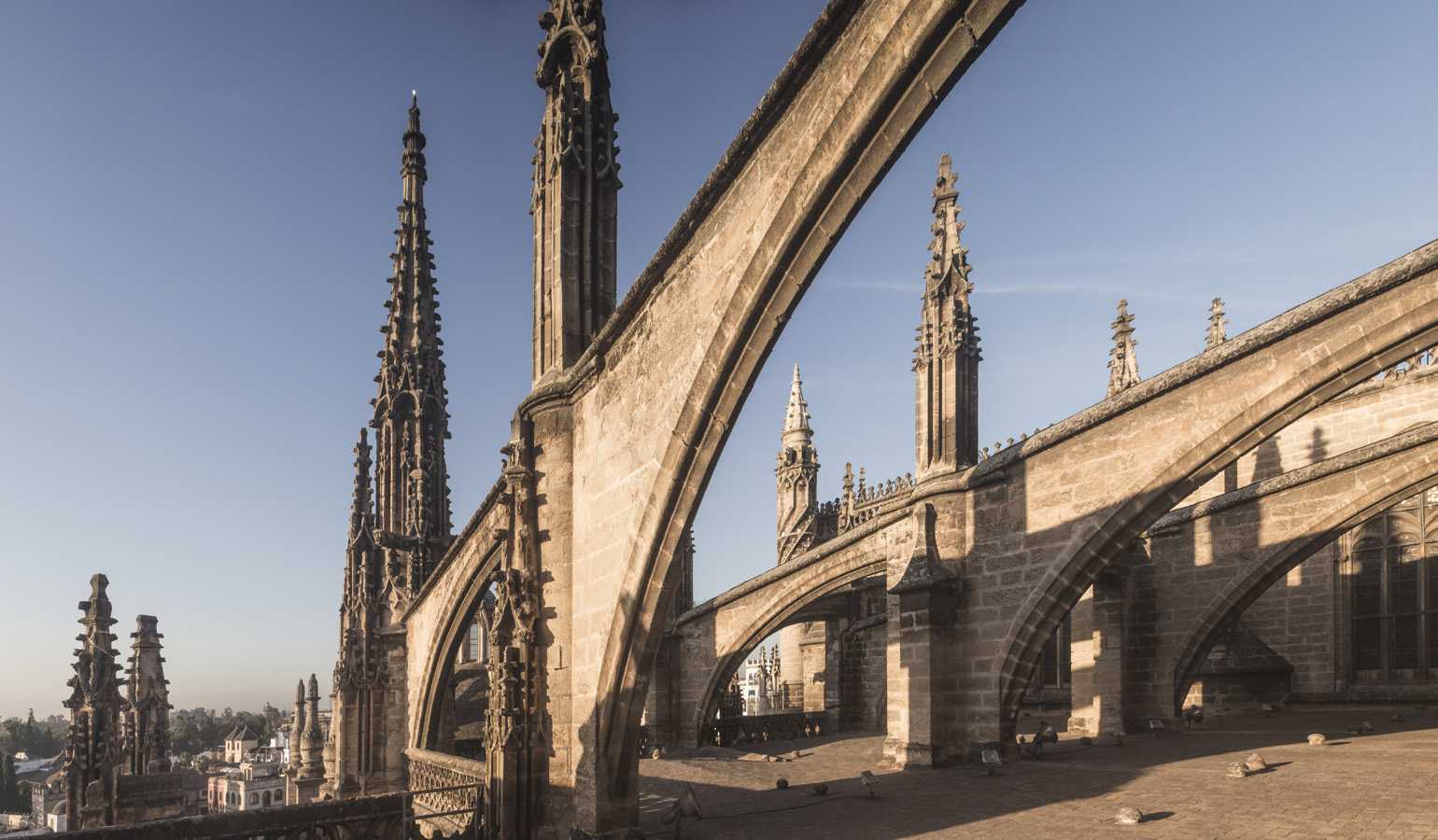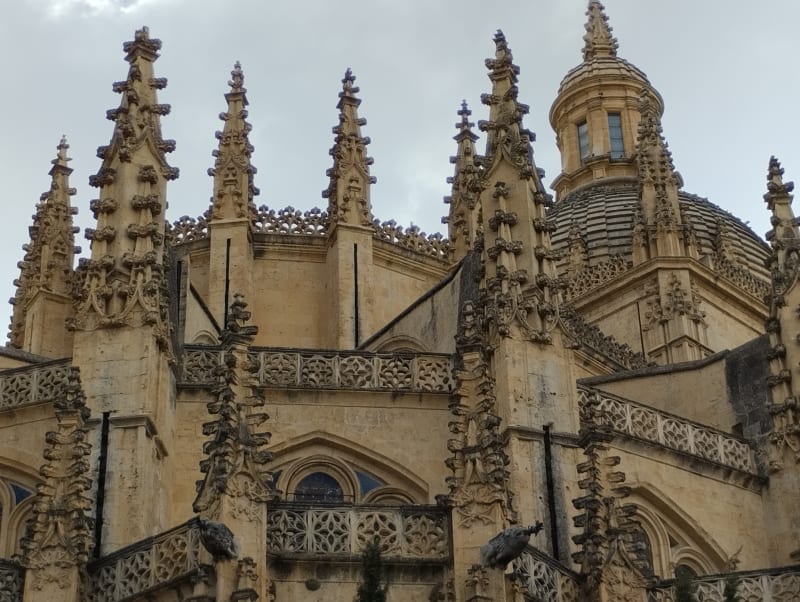-
1
- #1
phamENG
Structural
- Feb 6, 2015
- 7,368
Looks like a big study out of MIT was published last week regarding durability in Roman Concrete. Seems it was designed to be self healing, using quicklime inclusions to create deposits of CaO that could react with water flowing through cracks to fill the cracks with calcite. Pretty neat.
Here's an article summarizing it: Link
If you're more adventurous, here's the paper: Link
Says they're looking to commercialize it. I wonder what thecopyright patent law says about 2000 year old technology...feels like it might be in the public domain by now...
Here's an article summarizing it: Link
If you're more adventurous, here's the paper: Link
Says they're looking to commercialize it. I wonder what the








